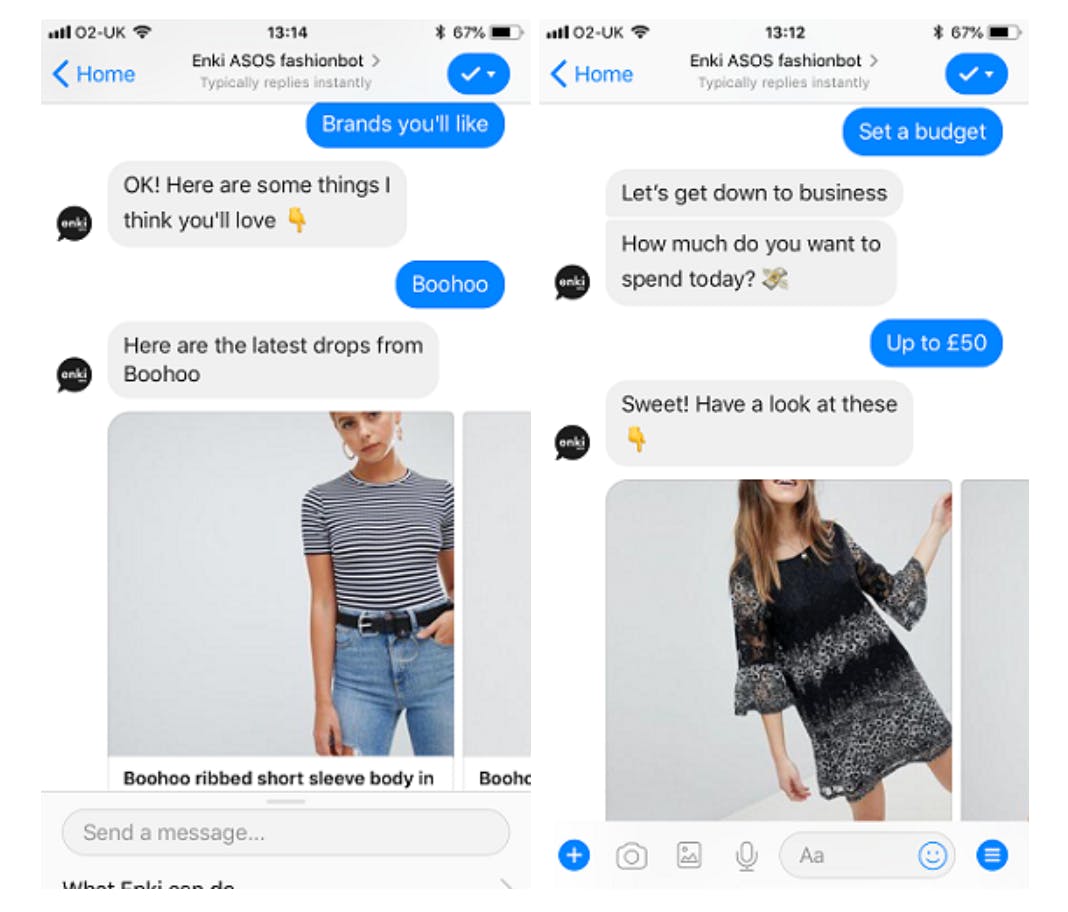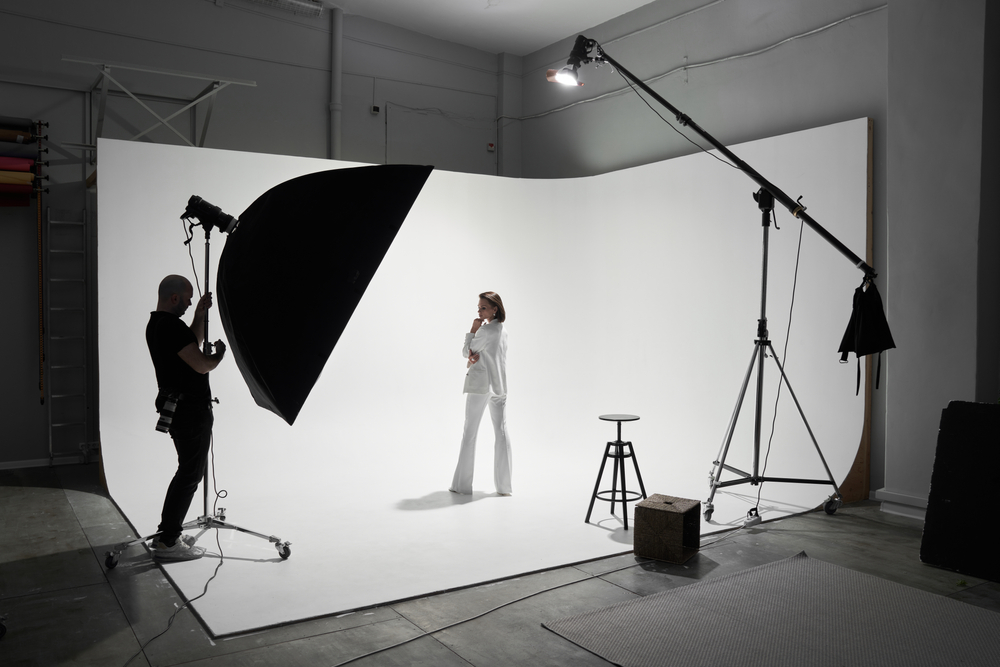Fashion Retail Is Finding Its Voice In Smart Speakers9 min read
Table of Contents
A decade ago, it would have been inconceivable to think that a voice command sent through a mobile phone could save someone’s life or that a virtual assistant could help shoppers to sift through a new collection. But voice technology has made the unimaginable possible.
Amazon’s Alexa, Apple’s Siri, Alphabet Inc’s Google Assistant, Microsoft’s Cortana, and Samsung’s Bixby are some of the AI-powered virtual assistants that have become an integral part of brands’ and retailers’ customer communication strategy in this digital world.
By combining the power of IoT Devices, User Experience (UX) Design, and Artificial Intelligence Voice Recognition, the technology is enabling businesses to create a seamless hands-free experience for their customers. With ‘ease-of-use’ as one of its cornerstones, it comes as no surprise that the rate of progression of voice technology is quite high.
According to global tech market analyst firm Canalys, the worldwide smart speaker installed base was 114 million units in 2018. The installed base is expected to reach 207.9 million units in 2019; a growth rate of 82.4 percent. In terms of market size and sales of smart speakers, the US is the largest global market player. China is the fastest growing market for smart speakers as the sales witnessed a jump of 166 percent.
Another interesting and impressive statistic that could help to assimilate the remarkable growth and adoption of voice technology was released by Juniper Research, forecasting, and consultancy for technology markets. The company believes that 8 billion voice assistants will be in use by the end of 2023. That’s a huge number; it is more than the current world population, which exceeds 7.7 billion, as of February 2019.
If all these statistics were to be compressed into one simple sentence, it would be – the infinite potential and reach of voice tech are waiting to be explored.
How AI with Voice is Simplifying Lives
Before we dive into how voice tech will impact the retail and fashion industry, let’s discover how it has impacted other industries. It is a versatile and adaptive tool. Therefore, right from ed-tech and automotive to banking and hospitality, each of these industries has found a way to use it to improve their customer experience metrics.
A new tech trend is usually perceived as something meant for the young generation. But that’s not the case with voice-enabled innovations. Yes, the early adopters are from Gen X and Y. However, this technology has managed to cut through age and generationbarriers because of its inherent simplicity.
Take, for instance, the health and medical industry. The contribution of voice-activated devices in improving the quality of patient care is immense. It has proven to be particularly helpful in providing healthcare services to the elderly. The ‘Reminder Rosie’ app was launched with an intention to assist seniors in remembering medications, doctors’ appointments, and other day-to-day activities.
Source: Reminder RosieVentures like Cuida Health, Elliq and Senter have voice-based wellness apps that are developed to improve the physical, mental and emotional health of the senior citizens. Mayo Clinic started offering free voice skills with self-care instructions and answers to questions like ‘Tell me about spider bites’ or ‘Instructions for CPR’.
Not just healthcare, but voice-powered technologies have impacted a host of industry verticals. In the automotive industry alone, people use voice for navigation, musical entertainment, driver warnings, personal needs, vehicle controls, parking, and reading.
And in the last three years, it has been one of the dominant retail tech trends.
Virtual Assistants Are Wheeling Carts
In April this year, Walmart made headlines by announcing its partnership with Google to launch the Walmart Voice Order. With the help of Google Assistant, Walmart customers can now add/reorder their favourite items to build their shopping cart. The retailer would make use of voice-powered technology and data to achieve speed and accuracy in identifying the products a customer wants.
The service isn’t limited to Google’s smart speaker Google Home Hub. Customers can use other devices that support Google Assistant like a smart watch, Android phones, and iPhones.
“We know when using voice technology, customers like to add items to their cart one at a time over a few days – not complete their shopping for the week all at once. So, this capability aligns with the way customers shop… We’re kicking off the work with Google, adding others to the mix as time goes on,” revealed the company in its statement.
There was a cloud of scepticism and reluctance floating over voice tech for a brief phase. But it didn’t take long for the naysayers to realize that it was not a passing fad. It is, in fact, an evolved face of artificial intelligence and machine learning – a technology which is essentially shaping the retail and fashion industry in this modern world. And that sooner or later, companies would have to employ this tool as customers have put their stamp of approval on it.
As mentioned above, ease-of-use is the strongest feature of voice-powered technologies. The idea of summoning a virtual assistant in a few seconds and interacting with it without looking and touching a device is appealing to the new-age consumers across all ages. Therefore, we see retailers and brands are eager to introduce this technology to provide a unique shopping experience.
Amazon brought the voice experience to Whole Foods’ customers in August last year, after acquiring the grocery retailer in 2017. Just like Walmart-Google platform, customers can ask Alexa to add items to the grocery list. One major difference between the shopping experiences of the two is that Amazon allows customers to check out through its virtual assistant and dispatch the order through its marketplace. That’s the advantage of being a first-party platform.
UK-based supermarket giant Asda also teamed up with Google Assistant to transform the way people shop at their retail platform.
Big retailers like Walmart, Wholefoods, and Asda are using voice-activated devices to improve the shopping experience by catering to customers that are list-makers and those who say, “I don’t need to write that down, I’ll remember it.”
While the big players of the industry are only willing to dip their toe slowly and carefully at this moment, fashion retailers and niche players are open to experiment with voice technology and make some bold moves.
Voice-activated Shopping – The New Way To Buy
British catalogue retailer Argos decided to embrace voice recognition technology in September 2018 because CEO John Rogers believes that it could possibly reform how we shop in the future.
“This launch is step one and I don’t expect to turn on the app and suddenly double our sales. But I expect people will use it and experiment with it – and if we can make it a seamless process, you can see why people would want to use it,” Rogers averred.
Product discovery, personalized recommendations, and customer service are the other layers of voice-powered strategies that are yet to be explored to its full potential. As the number of smart speaker owners is gradually increasing, so will the percentage of voice-assisted search and voice-triggered purchasing. First movers like Argos are paving the way for the rest of the fashion industry by opening up their platforms for customers to experiment with AI-powered virtual assistants.
Customers want a personalized shopping experience, which is quick and precise. They also want an interactive experience. Voice could fulfil this need as it blends both – AI technology to maintain a data file of shopper’s preferences and purchasing history, plus an interactive tech that assists in creating a digital experience that simulates a conversation between customers and technology like a human salesperson would.
British online fashion and cosmetics retailer ASOS is doing that with Enki, its shopping guide. Enki with Google Assistant as its driver introduces users to their latest collections in menswear and womenswear categories.

“With 85,000 products on site at any one time, and on average 5,000 new items added each week, it’s more important than ever to make it easy for our customers to stay on top of what’s new on ASOS…. we’re exploring ways that conversational commerce can help us make the ASOS shopping experience as easy and intuitive as possible,” shared ASOS’ senior product manager Jason Gregory.
H&M too launched a shopping guide for its Home Store. On the other hand, Estee Lauder custom-made skincare solutions through voice activation. Meanwhile, in China, Alibaba recently launched an eight-inch smart mirror Tmall Genie, which not only reacts to voice commands but also offers beauty tips and information about skin-care services.
With data privacy and security becoming of paramount importance, the day isn’t far when retailers will either develop their own voice technology or via vertical integration by collaborating with tech-smart niche players that could help them to create a customized voice strategy
The Future of Voice
“I only see voice-powered interfaces becoming more relevant as we become increasingly limited by the bandwidth in our fingers – a person can type 50 words per minute, or say 150 words per minute… More people are using voice-powered devices to search for information, with some grand predictions stating that 50% of all searches will be via voice by 2020,” declared Isobar’s head of innovation, Alex Hamilton.
Hamilton is right when he says that product search on voice-activated devices is steadily multiplying. As per the 2019 U.S. Smart Speaker Consumer Adoption Report, 27.8 percent of smart speaker owners use their devices monthly for product search. But the percentage of voice shopping was 15 percent in 2018; it increased by only 1.4 percent from 2017.
According to customers, the biggest challenges they face while using voice-powered technologies for shopping is the lack of security features, lack of accurate product images, difficulty in comparing products, difficulty in researching products, lack of correct product information via voice, and customer supposrt.
The effectiveness of voice technology in increasing conversion rates is heavily dependent on how and when brands and retailers repair the above-mentioned challenges and gaps. The sales figure of smart speakers does indicate that in the next five years, the worldwide network of active voice assistant users will increase aggressively. But it remains to be seen if they will they adopt it or abandon it.
American ecommerce company Wayfair’s Director of Marketing Jessica Jacobs shared her company’s tactical move to improve voice search.
Jacobs stated, “We’ve adjusted our ability to capture how one searches for a good sofa by curating it in the case of whether they’re talking to Alexa or talking into their phone, versus the more traditional search methods. So I’d say the most immediate shift that we have taken into account is by changing our SEO strategy to take that into account.”
AI fixed the broken data chain of retail, which ultimately helped to streamline personalization (personalized search), image search, cataloguing and styling in fashion retail. It can do the same for voice technology if brands successfully identify what needs to be fixed and who can fix it.
Related Article
Shopping Cart Abandonment – Ultimate Guide




